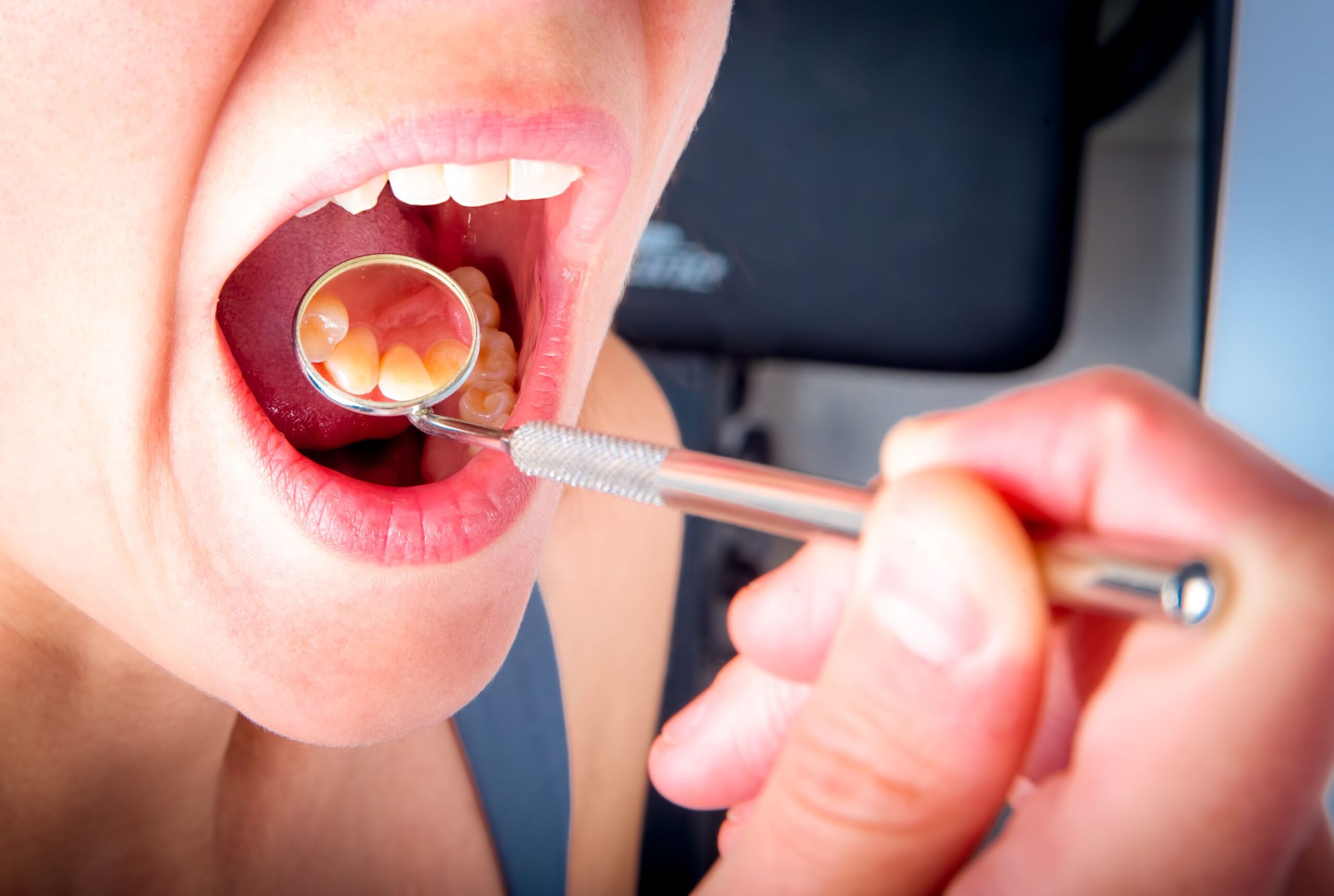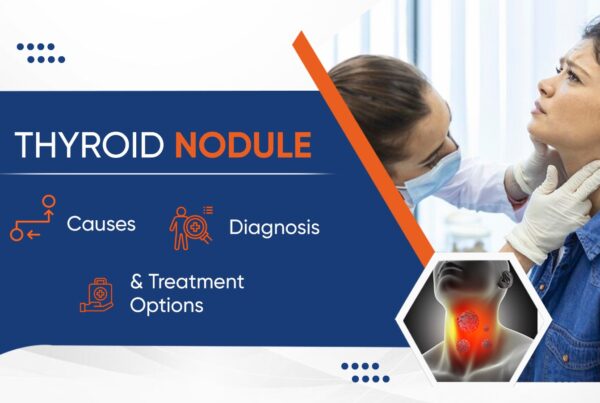Table of Contents
RECURRENT APHTHOUS STOMATITIS
Other names – Recurring oral aphthae, recurrent aphthous ulceration
Recurrent aphthous stomatitis (canker sores, or aphthous ulcers) is the presence of small, painful sores (ulcers) inside the mouth that typically begin in childhood and recur frequently.
- Mouth injury, stress, and some foods may trigger an attack.
- People feel burning pain, and a day or so later a canker sore develops on the soft tissue of the mouth.
- Doctors or dentists make the diagnosis based on the pain and the appearance of the canker sores.
- Treatment is with mouth rinses and sometimes corticosteroids.
Recurrent aphthous stomatitis (RAS) is very common. The cause is unclear but probably involves multiple factors, including disorders or abnormal function of the immune system, exposure to preservatives and toothpaste ingredients, and a genetic predisposition. RAS usually begins in childhood, and 80% of people with RAS are less than 30 years old.
For unknown reasons, pregnant women, people who are taking oral contraceptives, and people who are using tobacco products are less likely to develop canker sores. However, the health risks of tobacco use outweigh any protective effect in preventing canker sores.
CAUSES
The most common cause is
- Accidentally biting the inside of your cheek
- Certain medications happened earlier
- Skin rashes in the mouth
- Viral, bacterial, and fungal infections, chemicals
- Ulcer represents oral cancer in few cases
- Emotional stress and lack of sleep.
- Mechanical trauma, for example, self-inflicted bite.
- Nutritional deficiency, particularly of vitamin B, iron, and folic acid.
- Certain foods, including chocolate
- Injury
Symptoms of Oral and Dental Disorders
Bad Breath
Bad breath is a frequent or persistent unpleasant odor to the breath.
Other breath odors
Certain diseases produce substances that are detectable on the breath, but these odors are typically mild and not considered bad breath. For example,
- Liver failure gives the breath a mousy or sometimes faintly rotten egg-like (sulfurous) odor.
- Kidney failure makes the breath smell like urine or ammonia.
- Severe, uncontrolled diabetes makes the breath smell like nail polish remover (acetone)
Color Changes and Spots in the Mouth
Color changes in the mouth may be caused by Body wide (systemic) disease
Body wide diseases that can cause color changes in the mouth include;
- Anemia(low blood count) may cause the lining of the mouth to be pale instead of the normal healthy reddish pink.
- Measles, a viral disease, can cause spots to form inside the cheeks. These spots, called Koplik spots, resemble tiny grains of grayish-white sand surrounded by a red ring.
- Addison disease and certain cancers (such as malignant melanoma) can cause dark color changes.
- In a person with AIDS, purplish patches caused by Kaposi sarcoma may appear on the palate.
- Small red spots on the palate (roof of the mouth) can be a sign of a blood disorder or infectious mononucleosis
Examples of color changes in the mouth
- The mouth may have dark blue or black areas due to silver amalgam from a dental filling, graphite from falling with a pencil in the mouth, or a mole.
- Heavy cigarette smoking
- Brown areas in the mouth can be hereditary.
- Food pigments, aging, and smoking may cause teeth to darken or yellow.
- Minocycline, an antibiotic, discolors bone, which may show through near the teeth as gray or brown. Children’s teeth darken noticeably and permanently
Toothache
- Cavities
- Pulpitis
- Periapical abscess
- Trauma
- Wisdom tooth pushing through the gum tissue (causing pericoronitis)
- Discomfort and fussiness during tooth eruption in young children
- Commonly drooling and chewing on things (such as the crib rail)
Toothaches are usually caused by tooth decay (cavities) and its resulting consequences, such as pulpitis and abscess. Tooth decay can be largely prevented by good oral hygiene, which helps remove plaque. Removing plaque helps because the bacteria in plaque produce acid which can damage tooth enamel and dentin.
SYMPTOMS – Recurrent Aphthous Stomatitis
- Symptoms usually begin with pain or burning, then in 1 to 2 days by a canker sore.
- There is never a Blister (A blister is a small pocket of body fluid (lymph, serum, plasma, blood, or pus) within the upper layers of the skin, usually caused by forceful rubbing (friction), burning, freezing, chemical exposure or infection. Most blisters are filled with a clear fluid, either serum or plasma.)
- Pain is severe—far more so than would be expected from something so small and lasts from 4 to 7 days.
- The canker sores almost always form on soft, loose tissue such as that on the inside of the lip or cheek, on the tongue, on the floor of the mouth, on the soft palate, or in the throat.
- People with a severe outbreak may also have a fever, swollen lymph nodes in the neck, and a generally run-down feeling.
- Sores appear as shallow, round, or oval spots with a yellow-gray center and a red border.
- Sores are small and less than 1 centimeter in diameter and often appear in clusters of two or three.
- These larger ulcers are irregularly shaped, can take many weeks to heal, and frequently leave scars.
SYMPTOMS – Oral and Dental Disorders
- Bad Breath
- Color Changes and Spots in the Mouth
- Dry Mouth
- Malocclusion
- Mouth Growths
- Mouth Sores and Inflammation
- Recurrent Aphthous Stomatitis
- Teeth Grinding
- Toothache
Summary
- A mouth ulcer is the loss or erosion of the delicate lining tissue of the mouth (mucous membrane).
- The most common cause is injury, such as accidentally biting the inside of your cheek.
- In most cases, mouth ulcers are harmless and resolve by themselves in 7 to 10 days without the need for treatment.
- Aphthous ulcers are recurring ulcers with no known cause that affect around 20% of the population.
- If your mouth ulcers don’t clear up after 14 days, or if you get them frequently, see your dentist or doctor.











